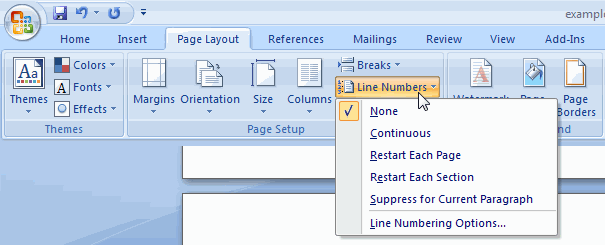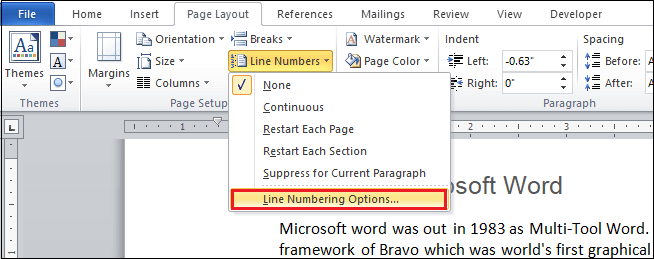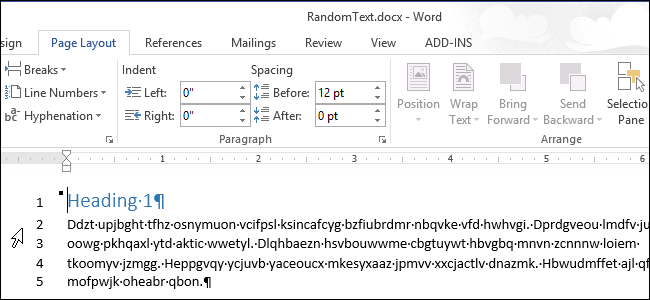

Line numbers in the edit window are positioned in the left margin. The status bar display simply updates the line number (and column) of the cursor/insertion point as it's moved about in the edit window. Line numbers may be displayed in one of two places: From top to bottom these are: the title bar, a blank line, the edit window, the status bar, and two help lines. The default screen of nano consists of five areas. I'm not presenting this answer as "the last word" - only as an update. The OP's question is still valid, but many of the answers here are for an older version of nano. I didn't test, but I'd guess you can't use the tilde operator, i.e ``sudo cp ~/.nanorc /root/ as it would likely interperet this to be/root` rather than your username as again, you're telling it "super user do cp from home directory".

Note this will overwrite any existing nanorc file in /root and you must replace myUserName with your actual user name. nanorc file setup as you like, and you don't already have a /root/.nanorc file then you can just run sudo cp /home/myUserName/.nanorc /root/.

Rebinds the given key to the given function in the given menu (or in all menus where the function exists when all is used). Key bindings can be changed via the following three commands: Not exactly what the OP was asking for, but for completeness you can also toggle line number on/off via the default keybinding (as of v4.8) of Alt+N.Īlternatively you can rebind this key via the man file mentioned method: REBINDING KEYS

So the contents of my ~/.nanorc file are simply: 1 set linenumbers See nanorc(5) for more information on the possible config /nano/nanorc, whichever isĮncountered first. It exists), and then the user's nanorc (if it exists), either ~/.nanorc INITIALIZATION FILE nano will read two configuration files: first the system's nanorc (if Nano -linenumbers foo.txt Via the config file(s)Īlternatively, according to the man page for nanorc, you can add set linenumbers in ~/.nanorc, $XDG_CONFIG_HOME/nano/nanorc or ~/.config/nano/nanorc. l, -l inenumbersĭisplay line numbers to the left of the text area. You can use the -l or -linenumbers flags. According to the man page for GNU nano 2.9.3 (also verified on version 4.8), you have two options for automatically opening with line-numbers shown and one for toggling them on/off once nano is open: Command Line Flags


 0 kommentar(er)
0 kommentar(er)
